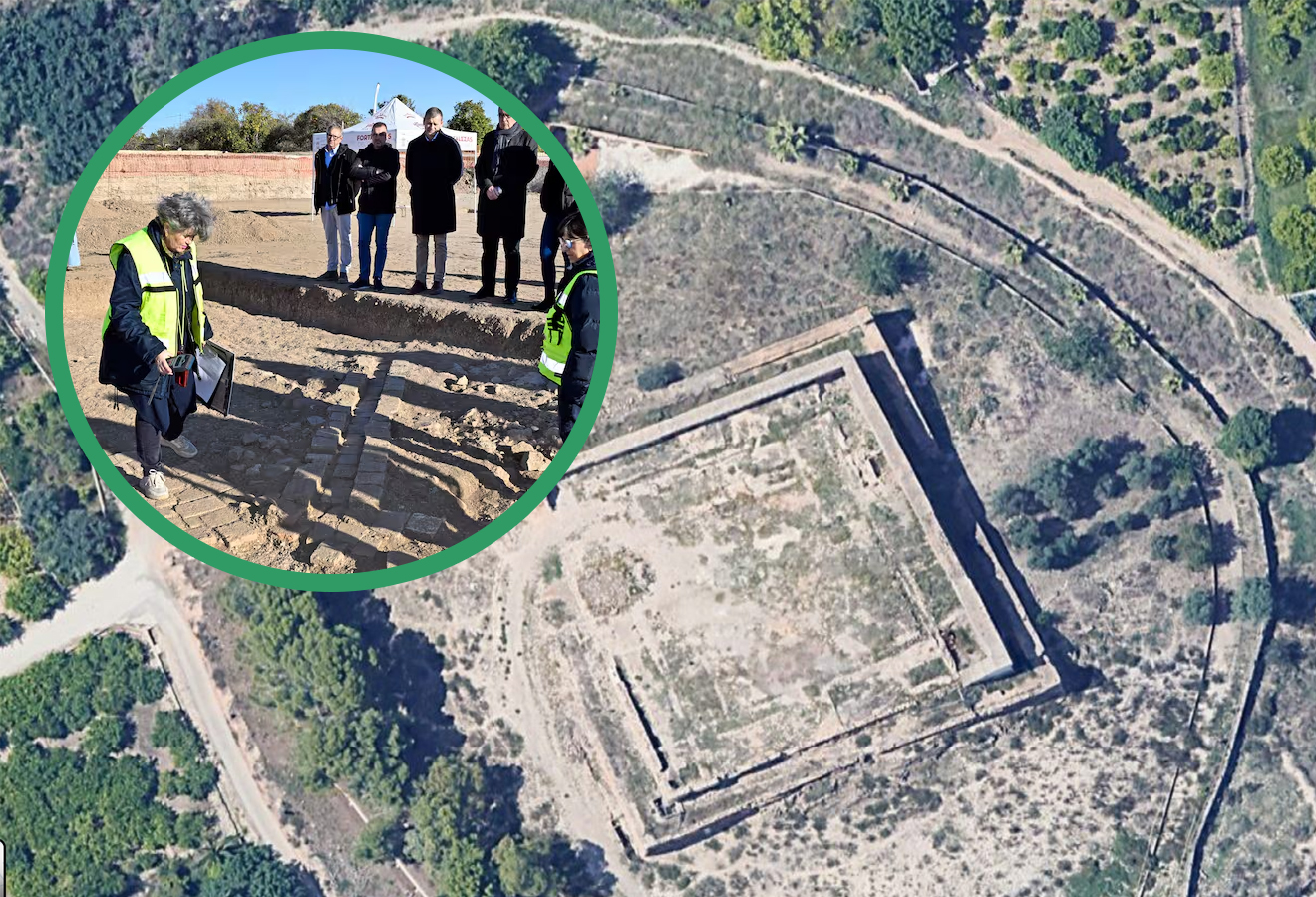Archaeologists have revealed new findings at Larache, a medieval fortress associated with Ibn Mardanīsh, known by Christian sources as the “Wolf King”.
Ibn Mardanīsh was the king of Murcia from AD 1147 until his death in AD 1172. He ruled an Arab taifa of medieval Al-Andalus, in what is now southern Spain. As the power of the Almoravid emirate waned, Ibn Mardanīsh consolidated his kingdom and stood firmly against the expansion of the Almohad caliphate.
Archaeologists have recently been conducting excavations at Larache, a fortified “palace” that protected the city of Murcia alongside the nearby castles of Monteagudo and Castillej.
According to a press announcement by José Ballesta, the Mayor of Murcia, investigations of the “Larache Pool” have determined that the structure was not used for bathing as previously thought. Instead, a complex hydraulic system found in the structure indicates that it was used for irrigation.
Experts now suggest that the “Larache Pool” is actually part of a landscaped garden that formed part of a wider palatial structure that is yet to be discovered.
This announcement is in contradiction to findings by Julio Navarro Palazón, an CESIC researcher, who still maintains that the structure is a pool.
Contrary evidence to support the irrigation theory lies in the type of stonework used to line the structure, as the enclosure’s ground is entirely porous, making it incapable of retaining water for long periods.
“We are looking at a garden, a landscaped area, a recreational area probably linked to some palatial structure that could be found in this environment and that is yet to be discovered. All the details point in that direction,” said Ballesta.
Murcia City Council explains that a large part of the Andalusian complex is being excavated for the first time, so many previous hypotheses about the uses of the structures will be confirmed or discarded as the archaeological work progresses.
Header Image Credit : Juanchi Lopez / Google Earth
Sources : Murcia City Council





